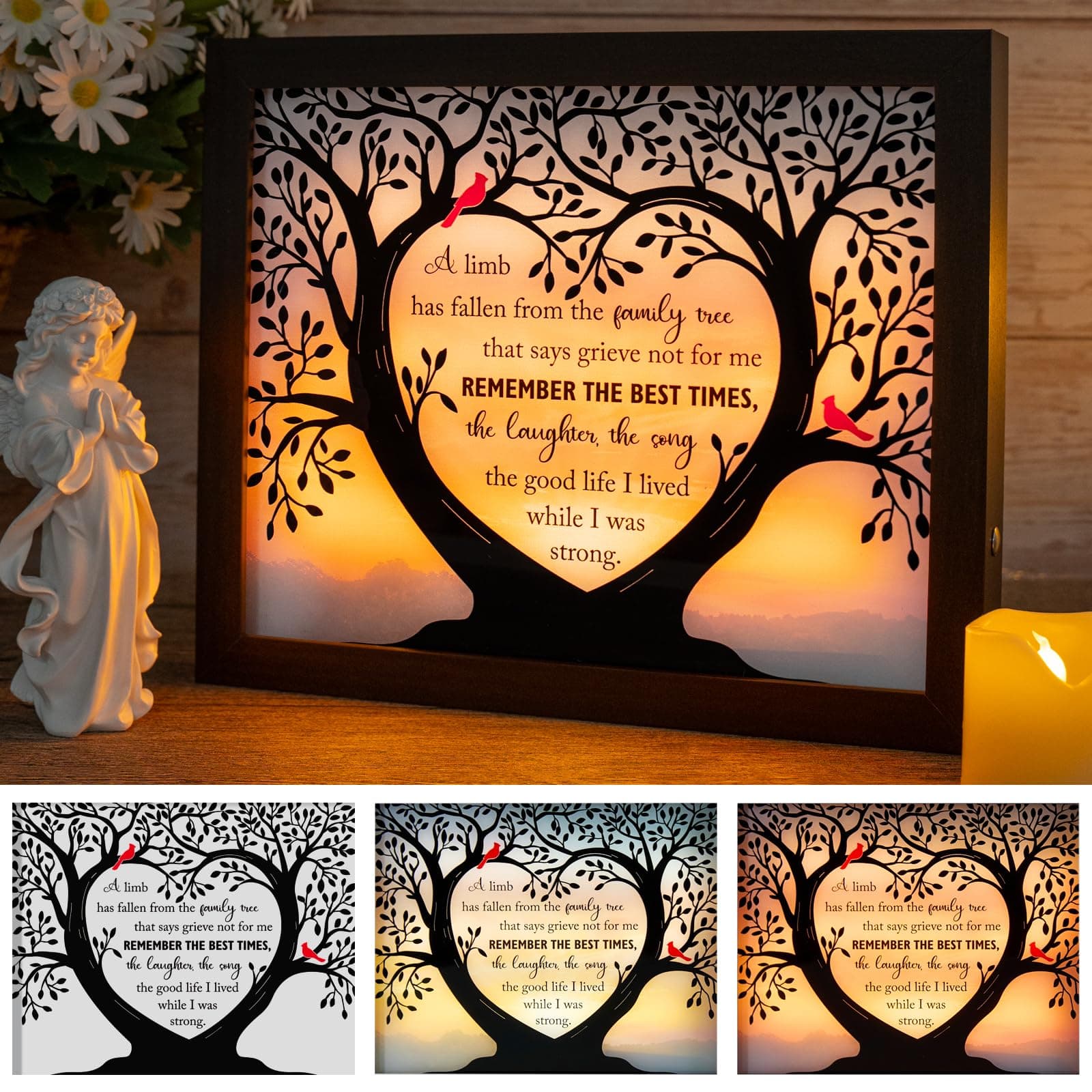Family Transforms "Junk" into Three Cherished Memory Boxes, Unlocking Decades of Stories

A family has transformed a collection of seemingly insignificant trinkets, once destined for disposal, into three poignant shadow boxes, revealing a rich tapestry of memories and fostering deeper familial connections after a loved one's passing. The project, initiated by a daughter-in-law, has turned forgotten heirlooms into a vibrant tribute, demonstrating the profound sentimental value often held by everyday objects.
The endeavor began when a woman, identified only by her social media handle "Crazy Vibes," discovered her late mother-in-law's old Folgers can filled with "broken earrings, loose buttons, and tiny trinkets." Her husband initially intended to discard the contents, viewing them as "just old junk." However, a butterfly pin, missing a wing, sparked a memory of her mother-in-law wearing it proudly at her wedding, prompting a change of heart.
Inspired by online examples of turning sentimental items into art, the woman, with the help of her sister, meticulously sorted through the can's contents. They unearthed items ranging from a 1987 theater ticket stub and a child's hospital bracelet belonging to her husband, to a locket with a photo of her mother-in-law as a young bride. This process of curation is often a therapeutic step in grief, allowing individuals to reflect on special moments and create lasting tributes, as noted by experts on memorial art.
The shared activity unexpectedly drew in her husband, who, upon seeing them work, began to recount stories connected to each piece. This collaborative effort transformed the task into a shared journey of remembrance, bringing to light narratives previously unheard in two decades of marriage. Psychotherapists emphasize that such "linking objects" serve as powerful mementos, helping individuals connect with and honor the deceased.
The three completed shadow boxes now hang in the family's hallway, serving as conversation starters and a continuous source of storytelling. Guests are often told tales of a tarnished thimble used for Scout badges or mismatched buttons from a Navy uniform, ensuring the mother-in-law's legacy endures. The family now understands that these items were not "junk at all," but rather "proof that she'd lived, loved, and held onto the things that mattered."